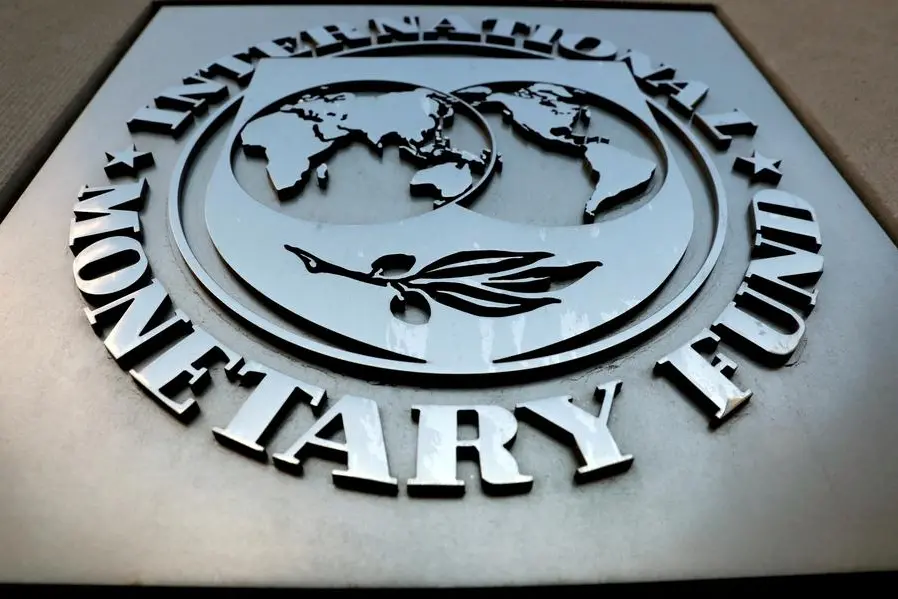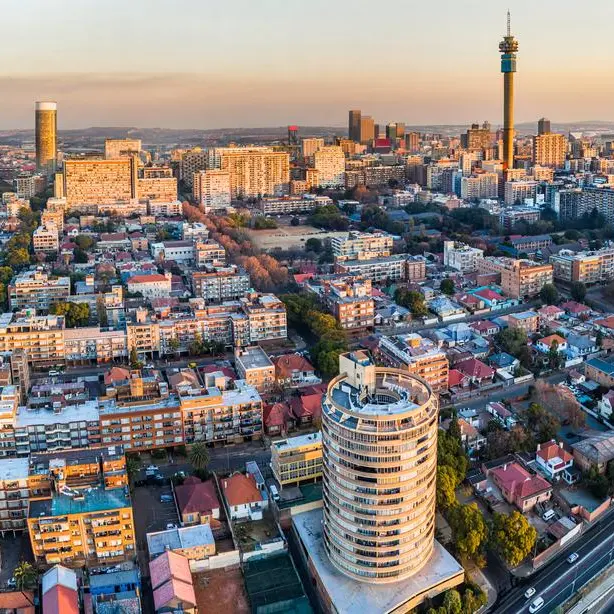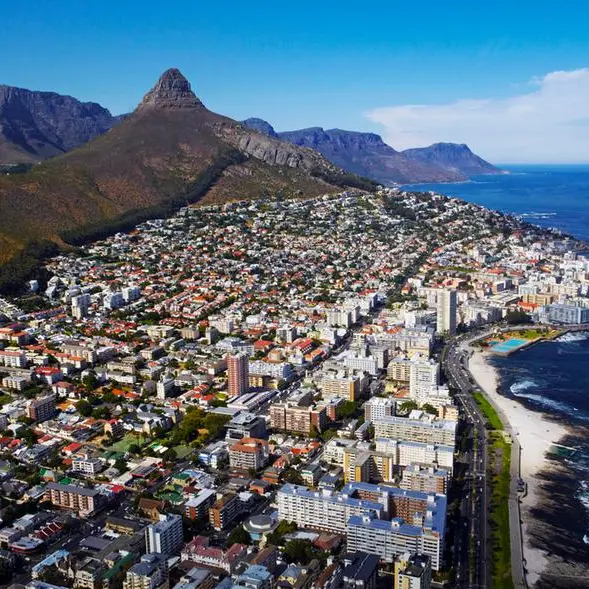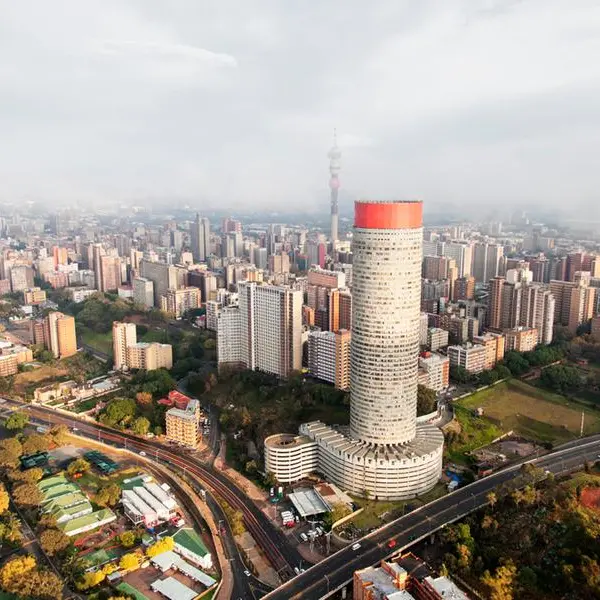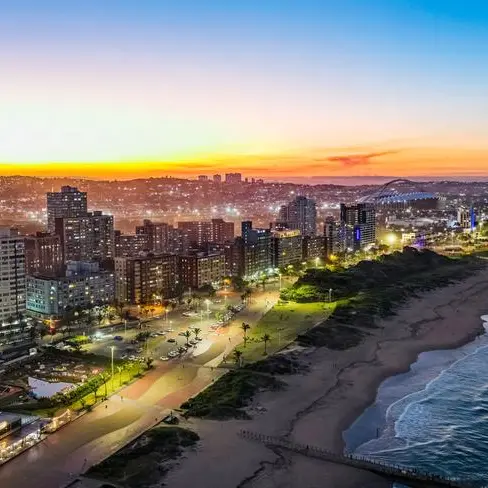PHOTO
The series of central bank rate hikes and public finance reforms by African countries have yielded fruit as the economic outlook appears promising in the foreseeable future, signalling a possible end to the economic difficulties that have bedevilled the continent over the past few years.
At the International Monetary Fund (IMF) and World Bank Group annual meetings in Marrakesh, Morocco, this week — the first on African soil in 50 years — the Bretton Woods institutions had good news for the continent, after years of bad news and sometimes unpopular policy recommendations.
In the regional economic outlook, the IMF said the long-awaited rebound for Sub-Saharan Africa is on the horizon, and most of the woes facing African economies will soon wane, even as the rest of the globe’s economy remains subdued.“Across the region, inflation is falling, public finances are stabilising, and much-needed subsidy reforms have been put in place in select countries,” IMF said in a statement on Tuesday.
Read: IMF, World Bank hand in East Africa budgetsThe same cannot be said of the global economy, however.
The latest World Economic Outlook report released this week predicts that the world’s economy will remain on a downward trajectory for the rest of 2023 and 2024, with the rate of growth decelerating to 2.9 percent next year, from this year’s 3.0 percent.“The global economy is limping along, not sprinting,” said Pierre-Olivier Gourinchas, IMF’s economic counsellor and director of research.“But important divergences are appearing. The slowdown is more pronounced in advanced economies than in emerging market and developing ones.”IMF projectionsIndeed, the economic prospect for Africa looks much better than that of advanced economies, based on the latest IMF projections. This year, sub-Saharan Africa’s economy is forecast to grow by 3.3 percent, before rebounding to 4.0 percent growth.
In the East African Community, the predictions are even rosier. The IMF sees the region’s real GDP growing by 5.0 percent this year and accelerating to 5.7 percent in 2024.
Most of the indicators that had put African economies in the red are also improving faster and stronger than the rest of the globe, even as advanced economies continue to struggle.
Abebe Aemro Selassie, director of IMF’s Africa department said: “After four years of crises, including the global pandemic, there are tentative signs that the outlook in many countries is improving and growth in the African continent is set to strengthen.”Read: African economies set for faster recovery: AfDBInflation, which has been the globe’s biggest pain point over the last two years, has finally taken a downward turn for most African economies, thanks to tight monetary policies, the lender said.“Overall inflation for the continent peaked in December 2022 at 10 percent before dropping to around 7.25 percent by July,” said Abebe. EAC’s inflation will be 6.8 this year, before dropping to 5.6 percent in 2024.
Fiscal deficit and debt-to-GDP ratio, often used as indicators of countries’ financial viability, are also on a downward trajectory and are forecast to continue falling as the continent implements rafts of reforms prescribed by the global lender.
The sub-continent’s budget deficit is expected to average at 4.2 percent of GDP this year, and further reduce to 3.7 percent next year, nearly half the 6.5 percent recorded in 2020.
Debt will also slightly drop to 55.8 percent of GDP in 2024, from this year’s 57.7 percent, finally reversing the upward trend that has been observed over the last decade, which has increased the number of countries in debt distress and those at high risk.
Read: Africa’s creditors come calling as debt distress looms largeFunding squeezeAlthough a funding squeeze is expected to continue impacting African economies as official development assistance from rich countries continues to dwindle and debt-servicing costs inflate, IMF says key reforms will help countries safely navigate the challenge.“The continent’s future resilience and longer-term prosperity depends on often difficult policy reforms,” said Jihad Azour, director of IMF’s Middle East and Central Asia department.
Such reforms, which are often recommended by the IMF as part of their extended credit facility arrangements, are credited for the stability and projected growth in African economies.
Since the beginning of the pandemic, IMF has disbursed up to $55 billion to Sub-Saharan African countries, helping buffer reserves and stabilise exchange rates.
Read: African leaders push for change in global financial structureThe lender has also approved five arrangements under the recently established Resilience and Sustainability Facility and four countries received a total of $358 million under the Food Shock Window to boost food security.
Most of the reforms over the last few years have been centred on withdrawal of fuel and consumption subsidies, fiscal consolidation, increased social spending, and improved public finance management.
But while a rebound is expected, it is still too early to celebrate. IMF said: “To ensure that the coming rebound is more than just a transitory glimpse of sunshine, it is important for authorities to maintain momentum — guarding against a premature relaxation of stabilisation policies, while also focusing on reforms to both claw back lost ground from the four-year crisis and also to create new space to address the region’s development needs.”To do this, the lender has recommended continued inflation targeting, room for exchange rate flexibility, debt vulnerability management, and boosting prospects for “broad-based growth to ensure prosperity for all.” © Copyright 2022 Nation Media Group. All Rights Reserved. Provided by SyndiGate Media Inc. (Syndigate.info).
